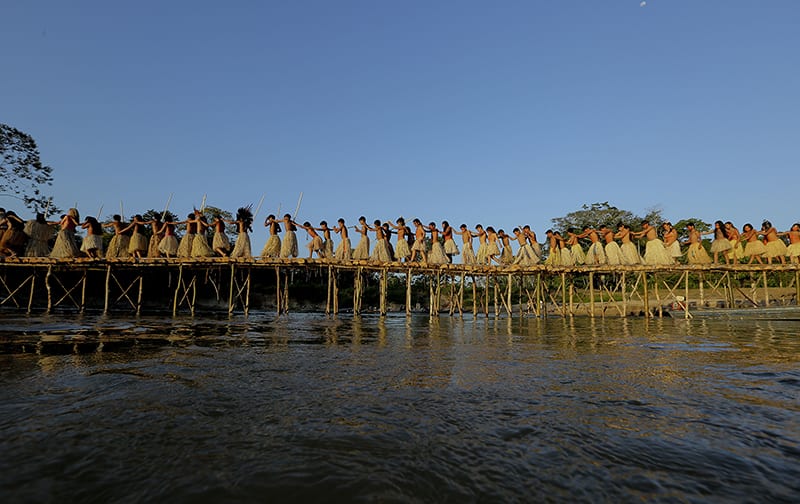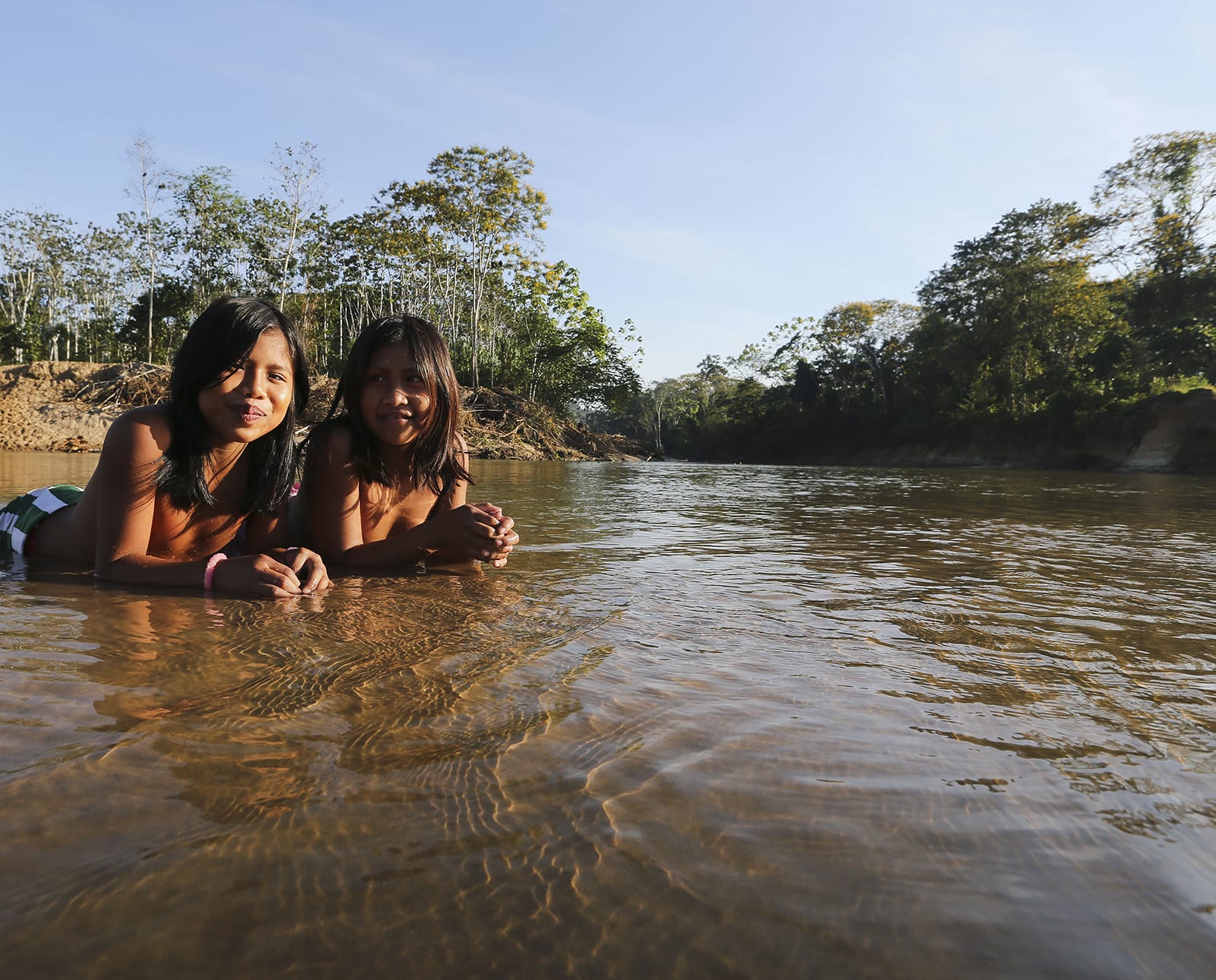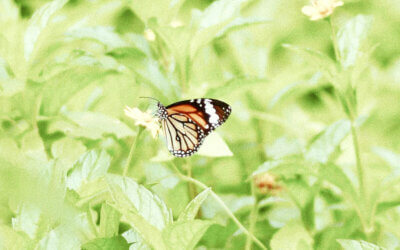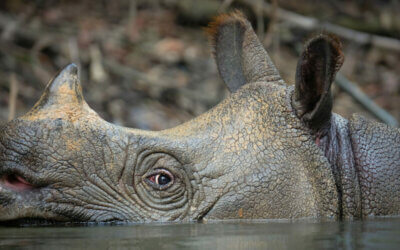Defending Rainforests Starts by Defending People
The situation is stark, real, and dangerous. Environmental advocates from all sectors need a way to successfully address multiple fronts in the wanton war our species has waged on the environment: the climate emergency, the mass murder of Earth’s millions of lifeforms, and the increasing frequency of novel zoonotic disease – all a consequence of the destruction and fragmentation of wild places.
There is a community who lives at the precarious crossroads of this historic challenge, and are, in many cases, the wild’s last and best guardians. Those people are traditional Indigenous Peoples, in general. And Brazil’s Yawanawá in particular.
For a brief overview on why Indigenous People are a cornerstone in our effort to defend the future of humanity and wild nature as we know it, this infographic is a great place to start.
As part of the urgent effort to protect half of Earth’s land and seas by 2030 (the timeframe needed to avoid the absolute worst effects of the climate, extinction, and future pandemic emergencies), the WILD Foundation is investing more in our work with the Yawanawá and other Indigenous Peoples because we recognize that in order to defend nature we must first protect nature’s best defenders. And there are few better than my friend, brother, and colleague, Chief Tashka of the Yawanawá, who stands among the frontline group of warriors.
Tragically, his community of forest defenders is besieged – by constant illegal mining and logging incursions, the systemic threat of climate change, and the aggressive disregard of Brazil’s current president, Jair Bolsonaro, toward Indigenous communities and the rainforest. And now the new coronavirus – a modern disease – has reached the forest and its guardians, who cannot adapt fast enough to save their people from the contagion.
More than ever, the Yawanawá need our help. And more than ever, we need theirs.
The Yawanawá community is located in the western Amazon state of Acre, Brazil, on almost 200,000 ha (500,000 acres) that is 98% high quality, primary rainforest, meaning that it is intact and fully functioning.
All of this could have been lost decades ago except for the commitment of the Yawanawá people and their leaders to the forest. For more about their history, read here.
The Yawanawá protect their forest because it is their home, their “supermarket,” their past and their future. And they protect it for us, the rest of the world, because such ‘primary’ forests are one of the most important terrestrial ecosystems, and the most critical bulwark against climate breakdown and species extinction…and also against spillover virus pandemics. The Yawanawá and their indigenous brothers, sisters and colleagues understand that protecting wilderness protects all life, and strengthens our personal and collective humanity through respecting nature. In modern pandemic terms, something everyone understands now, wilderness is literally an irreplaceable element of the planetary public health system.
The corona virus pandemic is now sweeping across the Amazon. Remote Novo Esperanza—the central Yawanawá village — is on lockdown and they are on their own, literally, in the absence of promised food aid and with no consistent healthcare information, finance, or supplies from the Bolsonaro government. So, they must greatly risk contagion by occasionally venturing downriver to buy outside food and supplies. With no modern healthcare for this modern disease outbreak, their vulnerability increases daily. Members of other tribes—especially the elders who carry so much of the traditional knowledge – are succumbing in alarming numbers.
If we are to end the many environmental emergencies that we now confront, we must take care of nature’s best guardians.
They protect the forest for us. They need our protection now.
Read Next
A Reflection by Timothy Hass, WILD’s Trustee
I know that for many people, venturing into wilderness areas is a very important element for health and balance in their lives. I feel this as well, but also, for me, the nature directly around me is equally important.
Tech & Tradition – Q&A with Ruari Bradburn, Chief Technology Officer at Langland Conservation
“Tech & Tradition” delves into the evolving landscape of conservation, exploring the synergy between traditional wisdom and technological innovation.
Mentors Making a Difference: Phoebe and David’s Journey with CoalitionWILD
At CoalitionWILD, we believe in the power of mentorship and the transformative impact it can have on the lives of young conservationists. Here, we shine a spotlight on two exceptional repeat mentors, Phoebe Barnard and David Manski, who have been actively involved in our Global Mentorship Program. Their dedication, wisdom, and passion for conservation have inspired and guided numerous young professionals on their journey to become future leaders in the field.
1 Comment
Submit a Comment
 BECOME A MEMBER
BECOME A MEMBER
Join the WILD tribe today!








Long live the weeds and the Wilderness and let the Yawanawa be left and their forest home be left!